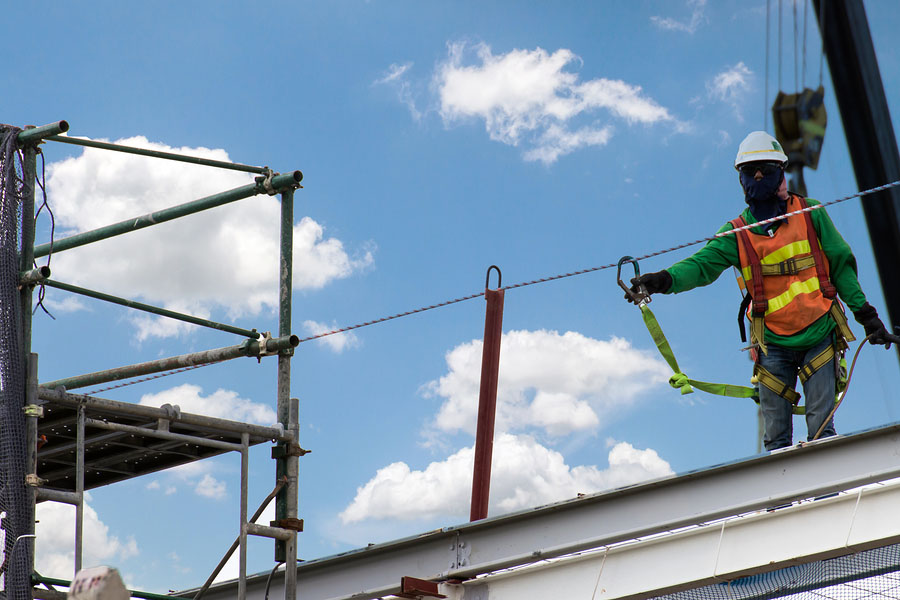

These rivulets then flow down and merge with the Columbia. “Without water there are no fish, plants or herbs.”Įach year the tribes honor the salmon, roots, berries, deer and elk - which they believe were originally placed in the land for their sustenance - with what are known as “first food ceremonies.” In their creation story, the salmon, deer, elk, roots and berries offered to provide sustenance to humans, and humans in turn were given the responsibility by the Creator to care for these resources.Įlders speak of how streams flow from the mountains sanctified by the prayers of ancestors who went there to commune with the spirits. “We are the salmon people or river people,” says Aja DeCoteau, executive director of the Portland-based Columbia River Inter-Tribal Fish Commission, which represents the interests of the four Columbia River treaty tribes - Yakama, Umatilla, Warm Springs and Nez Perce - in policy, advocacy and management of the basin. Hydroelectric dams on the Columbia and its tributaries have curtailed the river’s flow, further imperiling salmon’s migration from the Pacific upstream to their freshwater spawning grounds, and threatening millenia-old spiritual traditions that bind these Native communities together. Warming waters linked to climate change endanger the salmon, which need cooler temperatures to survive.

Yet the river is under threat because of climate change, hydroelectric dams and industrial pollution. For thousands of years, Native tribes in this area have relied on Nch’i-Wána, or “the great river,” for its salmon and steelhead trout, and its surrounding areas for the fields bearing edible roots, medicinal herbs and berry bushes as well as the deer and elk whose meat and hides are used for food and ritual. It’s a spectacular canyon, 80 miles long and up to 4,000 feet deep, with cliffs, ridges, streams and waterfalls. Just below the confluence with the Snake River, the Columbia’s largest tributary, the river turns through the Cascade Mountain Range, carving out the Columbia River Gorge. From its headwaters in British Columbia where the Rocky Mountains crest, the Columbia River flows south into Washington state and then westward and into the Pacific Ocean at its mouth near Astoria, Oregon.


 0 kommentar(er)
0 kommentar(er)
